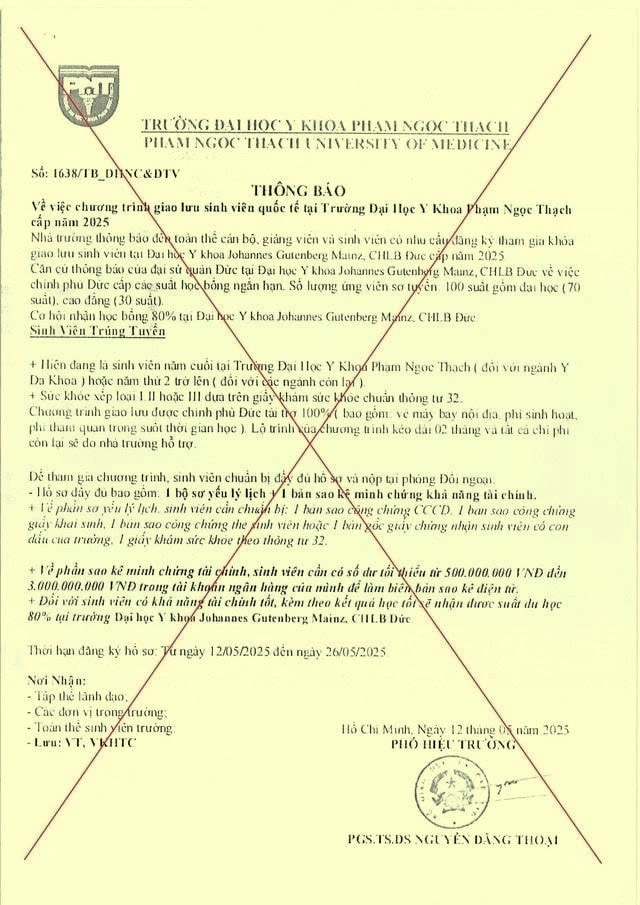Scientists discover fascinating tunnel on the moon
Scientists have 关键字2long suspected the moon may harbor dark labyrinths. They now have proof one exists.
In 2010, NASA's Lunar Reconnaissance Orbiter, a satellite orbiting the moon, captured imagery of an intriguing pit on the moon's surface, in the same region where the Apollo 11 astronauts landed. It was unknown if this was part of greater caverns, but planetary scientists have reanalyzed the spacecraft's observations and determined it is indeed a cave. And elsewhere on the moon, there could be many more.
"We're just seeing the tip of the iceberg," Wes Patterson, a planetary scientist at Johns Hopkins University Applied Physics Laboratory who coauthored the new research in Nature Astronomy, told Mashable.
You May Also Like
SEE ALSO: The U.S. is exploring a railroad for the moon. It has a good reason.
These caverns are most likely a lava tube, a geologic phenomenon created by volcanic eruptions. Found in regions around Earth, lava tubes are created by molten rock, or magma, leaking up near or onto a world's surface, and forming these natural tunnels. Tubes form from crusted-over lava, and the conduits are emptied when lava drains out or is diverted elsewhere. You can walk though giant lava tubes on Earth.
To determine if the pit was part of a greater tunnel system, the researchers looked at other data collected by the Lunar Reconnaissance Orbiter, specifically from a radar instrument called the Miniature Radio-Frequency. While flying over the pit in the volcanic plains of Mare Tranquillitatis (popularly called the "Sea of Tranquility"), the spacecraft sent a signal into the opening, which bounced back, ultimately providing (with the help of geometry and computer simulations) evidence of a tunnel at least some 130 feet (40 meters) wide and perhaps as much as 80 meters, or some 260 feet, long. It turns out the pit is actually a skylight.
"This is our first direct evidence of a conduit associated with one of those pits," Patterson said.
To buttress their lunar results, the researchers performed a similar analysis on a lava tube here on Earth. Their process worked.
 Different pits observed by NASA's Lunar Reconnaissance Orbiter. The middle pit in the top row, labeled for the region "Mare Tranquillitatis," leads to the recently identified cave. Credit: NASA / GSFC / Arizona State University
Different pits observed by NASA's Lunar Reconnaissance Orbiter. The middle pit in the top row, labeled for the region "Mare Tranquillitatis," leads to the recently identified cave. Credit: NASA / GSFC / Arizona State University Such a tunnel isn't simply an intriguing geologic find. It could prove vital for future moon exploration, or colonization.
"It is a place that can protect us," Patterson said.
On the moon's surface, astronauts from NASA and other agencies will be threatened by a quadruple whammy of micrometeorites, extreme cold, extreme heat, and radiation — particularly from the sun. The moon lacks an atmosphere, meaning, for example, humans would be exposed to temperatures reaching some 260 degrees Fahrenheit (127 Celsius) on the moon's illuminated side. They'll need shelter. (The space agency plans to return astronauts to the moon as soon as late 2026.)
"It is a place that can protect us."
"We could build things on the moon that would be just as safe as sitting in a lava tube, but it would take a lot more infrastructure to do so," Patterson noted.
Lava tubes might not be the only caverns on the moon. Conduits created by intense, heat-generating impacts might exist in other regions of the moon, near the poles. But this large lava tube in the Sea of Tranquility might be necessary for a future moon base, or landing area.
And there could be much bigger, or interconnected, caverns out there. What else will future observations, perhaps from future moon-orbiting spacecraft, reveal about the moon's lava tubes?
"They may create extensive networks," Patterson said.
(责任编辑:我变萝莉剑神)
- ·SGS 为理想汽车北京和常州制造基地颁发ISO 14064温室气体核查证书
- ·Portugal defeat spain on penalties to clinch Nations League title
- ·“奇异风格”子嗣“华宇李党”1000米夺冠!3战1冠1亚1殿
- ·นายกฯ ลงพื้นที่เมืองกาญจน์ ติดตามโครงการน้ำบาดาล แก้ปัญหาน้ำกินน้ำใช้
- ·中国马术协会公布三场赛事作为2021中国马球球员评级认证
- ·什么是先打?怎么用先打?
- ·Kết quả bóng đá Estonia vs Na Uy
- ·设计楼房有哪些技巧 设计楼房注意事项
- ·虽寒素但不失风味的家常酱菜:酸甜萝卜干
- ·(必备)英语作文300字













